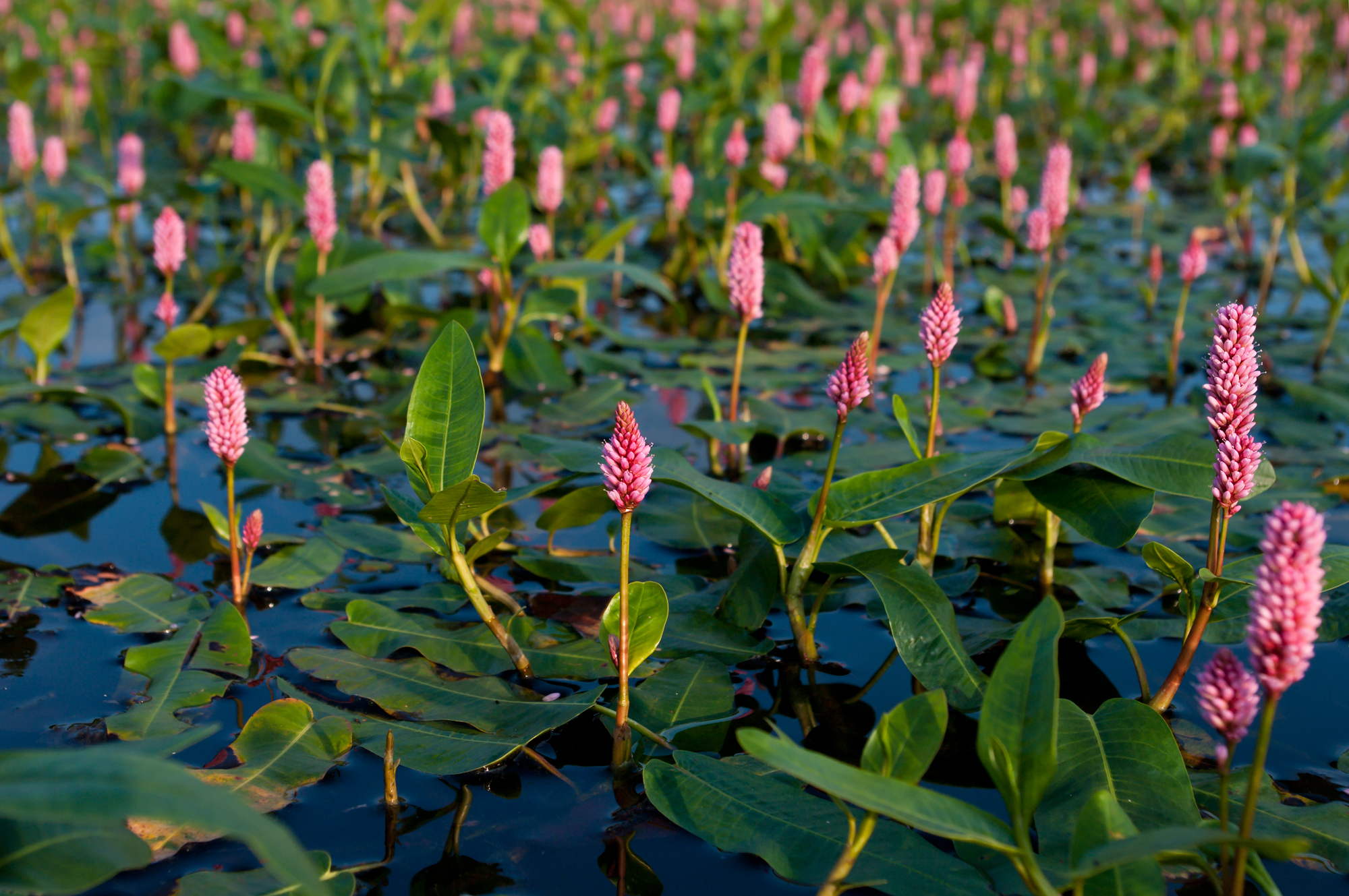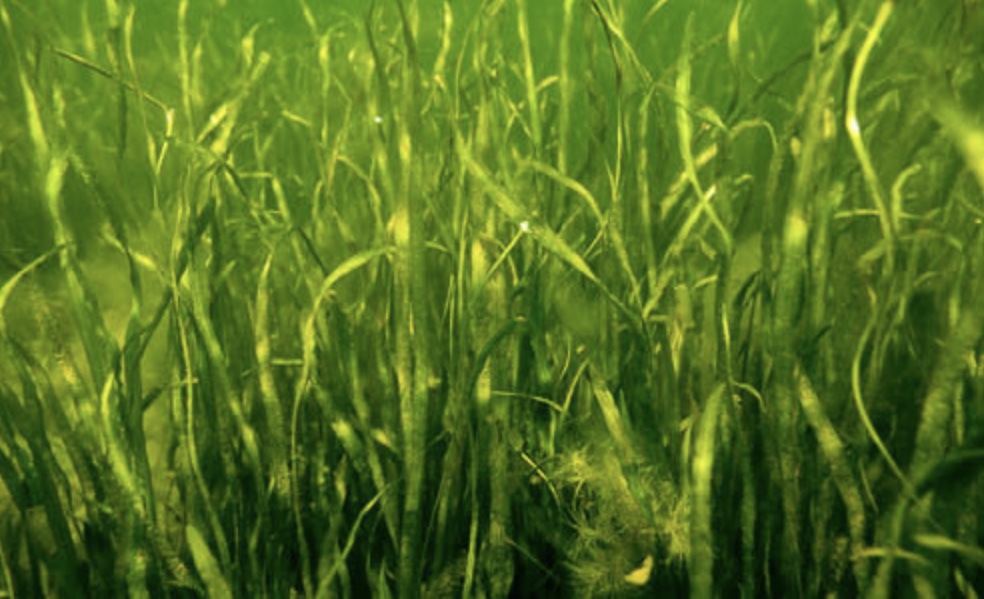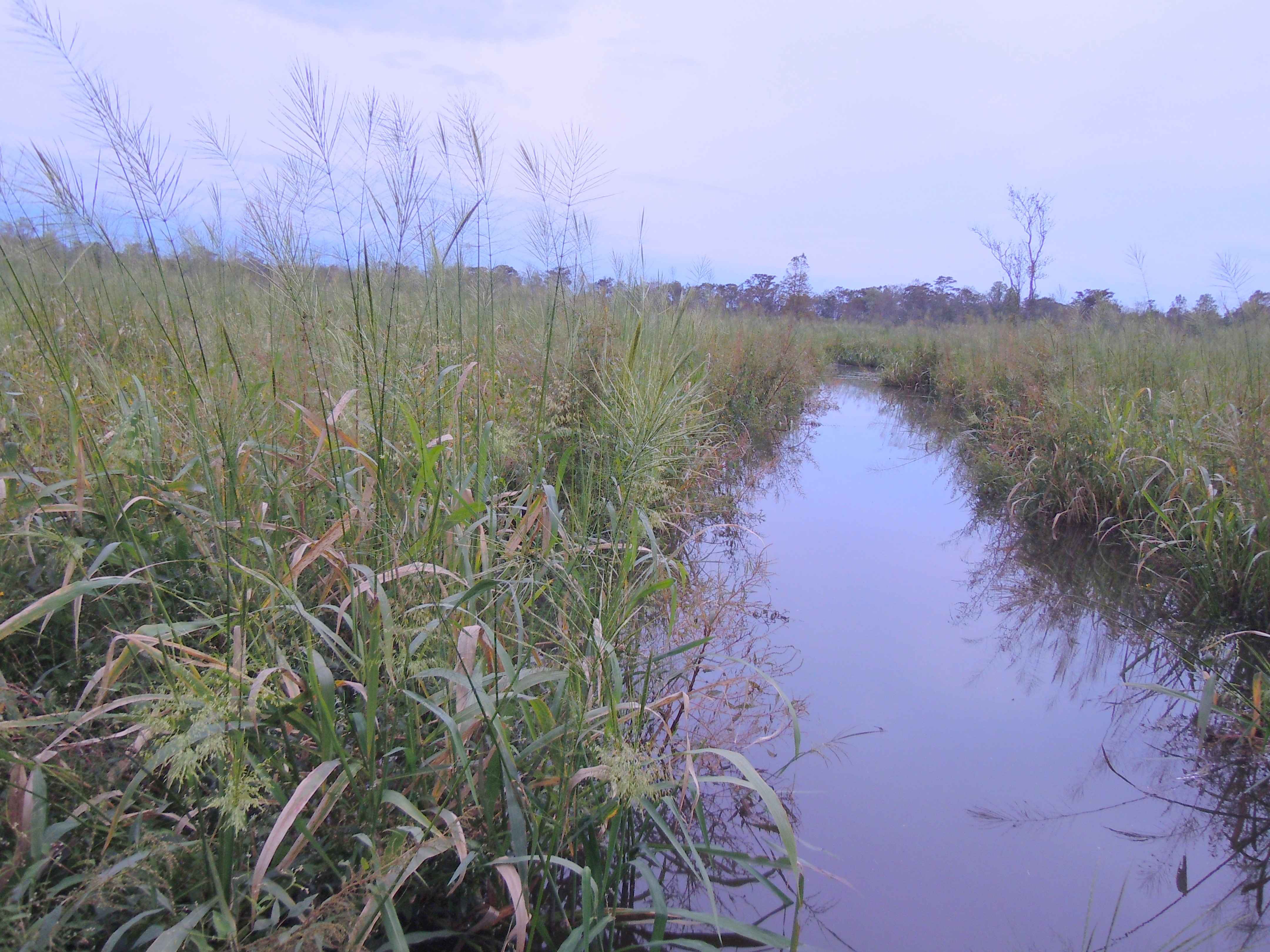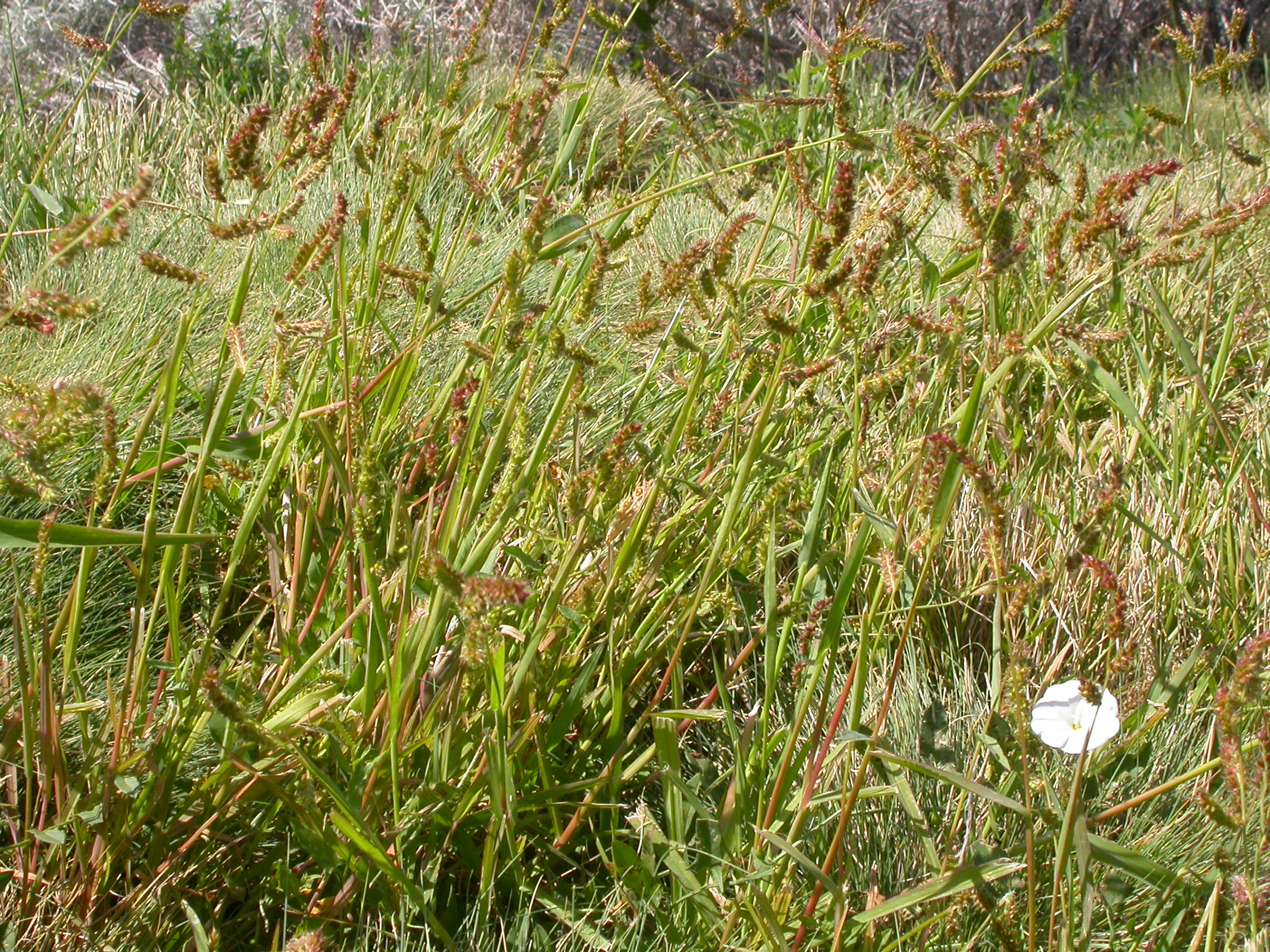
Most ducks are opportunistic omnivores, feeding on a wide variety of plants, insects, invertebrates, and fish. From sunflower seeds to gizzard shad, I’ve seen them eat just about anything they can get down their gullet.
The plants listed below are the crème de la crème. These cornerstones of duck diet are widespread and easy to identify. Where you find these plants, odds are you’ll also find ducks.

Smartweed Some of my fondest memories involve hunting in smartweed, even though walking through the tangled mess is far from easy. It sits at the top of this list because it’s easy to spot and you can find it across the United States. It grows a bright pink flower in the summertime, and you’ll find it everywhere from giant, man-made reservoirs to small cattle ponds. As fall arrives, its color turns deep red and the plant curls over, creating the thickest and gnarliest cover a duck could hope for.
It also makes darn good duck food—such good duck food in fact, that according to the “Waterfowl Management Handbook” it provides almost the same gross energy as corn and its gross energy is higher than milo. I recommend dropping an onX pin on smartweed patches anytime you find them because they will give you a good place to start your scouting come opening day.

Wild Celery Wild celery isn’t the plant of choice for many ducks. It’s also an underwater plant so it takes a unique place in this list. But Vallisneria americana has historically been considered to be the food of choice for the canvasback duck, Aythya valisineria. Take note of the relationship between their taxonomic names.
The infamous days of market gunning canvasbacks with punt guns or sink boxes serves as a historical documentation of both the human and canvasback’s relationship with wild celery. In R.K. Sawyer’s book “Texas Market Hunting: Stories of Waterfowl, Game Laws, and Outlaws,” he writes how the most profitable hubs of canvasback hunting all had one thing in common: a presence of wild celery.
“Wild celery-fed canvasbacks from the Chesapeake Bay’s Susquehanna Flats set the culinary, and price, standard,” Sawyer wrote. “Despite proximity to ready markets, for example, canvasbacks from Long Island did not bring premium prices, as ‘their flesh is not distinguishable from the ordinary duck’s because, in the absence of the wild celery, they demean themselves by feeding upon fish.’”
With pollution and habitat loss both contributing to massive losses of wild celery across the canvasback’s historic hunting grounds, your odds of finding a canvasback that solely consumes celery are slim. But there’s still a lot of wild celery out there, and if you find it, you might be lucky enough to find the king of ducks as well.

Wild Rice North America has two widespread wild rice species, Zizania palustris in the more northern latitudes, and Zizania aquatica that is present mostly in the eastern half of the United States as far south as Florida.
While wild rice is a good plant to be aware of everywhere you hunt, it is particularly relevant to hunters in the north. Minnesota and Wisconsin are the epicenter of wild rice prevalence, where rice harvest is rooted deep in the history of the Ojibwe. “Manoomin,” the tribe’s word for wild rice, translates to “good berry.” I think both man and duck would agree with that.
The upper reaches of the Atlantic and Mississippi flyways just don’t contain as many food sources as the Central and Pacific Flyways, but wild rice makes up for that in quality and prevalence. It is very nutrient dense, provides great cover, and grows best in a couple feet of water—a bonus for the puddle ducks that consume it.
If you own or hunt private land, consider doing some research on planting wild rice. The ducks will thank you, and there isn’t a better way to enjoy your duck than with homegrown wild rice.

Barnyard Grass The taxonomy of barnyard grass, more commonly known as millet, is confusing at best. I’ve heard far too many common names all associated with the millet you find growing in marshy soil including barnyard grass, common barnyard grass, cockspur grass, barnyard millet, Japanese millet, wild millet, water grass, and Japanese barnyard millet. Maybe they’re all correct, but I’m not going to pretend to understand the right or wrong usage of these colloquial names.
What I do know is that what the duck hunting community buys as barnyard grass, wild millet, and Japanese millet all make for some darn fine duck hunting. Both private and public land managers use barnyard grass in moist soil units. Due to similar habitat requirements, you can commonly find it growing alongside smartweed. It’s easy to identify, good cover, and just like the other plants mentioned here, it’s very nutrient rich. While millet isn’t on the same level as smartweed for gross energy or protein according to the “Waterfowl Management Handbook,” it still makes for great duck food.
While these plants just scratch the surface of all the food sources ducks utilize, learning to recognize these plants is a good starter for the uninitiated. They will give you valuable insight into why birds are there when you find a new honey hole this fall.







Conversation